
Coffee grounds for plants the natural way to boost growth Homes
Add some compost if desired; peat moss or used coffee grounds are also both good for hydrangeas. Then slowly add water to the hole, so the roots get a good soaking.
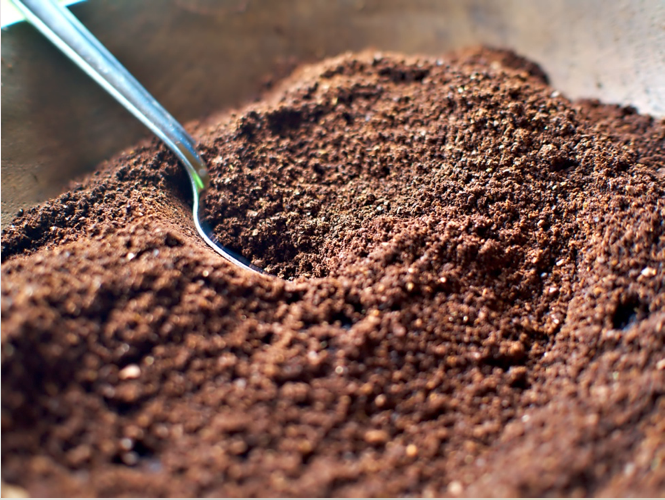
Using Coffee Grounds for your Hydrangeas Bolton Landscape Design
If you're growing hydrangeas, use coffee grounds to affect their color. Coffee grounds add extra acidity to the soil around hydrangeas. On a chemical level, this increased acidity makes it easier for the plant to absorb naturally occurring aluminum in the dirt. The effect is pretty blue clusters of flowers.

uses of coffee grounds in the garden Coffee grounds for plants, Uses
There are fertilizers that can assist you in that endeavor, but other common components can be just as useful and less expensive. Introducing your used coffee grounds. Here's all you need to know about using used coffee grounds to grow the bluest hydrangea flowers possible. Which Hydrangea Varieties Can Produce Blue Flowers?

Do Hydrangeas Like Coffee Grounds? (If YES, What Quantity?)
A gardening expert has shared how to use egg shells, coffee grounds and citrus peels on hydrangeas. By Angela Patrone. 14:30 ET, Mon, Mar 18, 2024 | UPDATED: 14:32 ET, Mon, Mar 18, 2024.. Coffee grounds make the soil better and help keep water in, as well as keeping microbes happy.. 'Only way to kill ivy for good' is a $1.25 method that.

What Happens When You Use Coffee Grounds in the Garden? Coffee Recently
How to change the color of hydrangeas. The idea behind adding coffee grounds to your plant is not just to fertilize it but rather to change the pH level of the soil. And this is done to change the colours of the blooms. If you add coffee grounds you can naturally make your soil a bit more acidic and as a result, you can produce blue blooms.

Yes, You Can Put Coffee Grounds On Your Garden Uses for coffee
Why Use Coffee Grounds on Hydrangeas? Image Credit: Mae Mu via Unsplash. Coffee grounds are becoming increasingly popular for use on hydrangeas, as they offer some unique benefits.. Eco-Friendly and Good For the Soil . Using coffee grounds on your hydrangeas is also a great way to reduce waste. You can get coffee grounds for free from many.
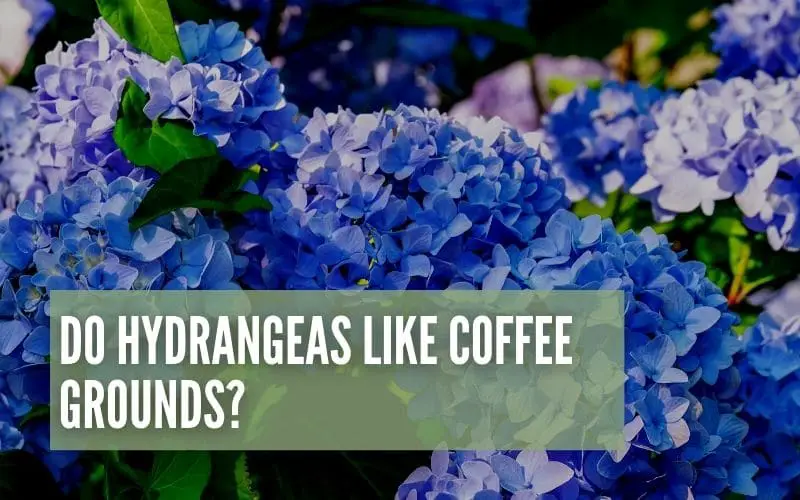
Do Hydrangeas Like Coffee Grounds?
Coffee grounds can be good for your hydrangeas IF you need to make the soil more acidic. Acid can change its bloom color. Table of Contents show. Are coffee grounds good for hydrangeas: Final Thoughts. There are fertilizers that are meant to lower the soil's pH, but coffee grounds mixed into your compost is a great way to do it naturally..

Houseplants Love Coffee Grounds in 2021 House plant care, Natural
Other benefits include: Improving the quality of the soil by adding organic matter to it. Ensuring better moisture retention, which hydrangeas thrive in. Rich in nitrogen, coffee grounds help stem, leaf and root development. When composted, coffee grounds can be used to also improve the drainage of the soil. Coffee grounds can be beneficial to.

Gardening Fans Use Coffee Grounds to Get Blue Hydrangeas! Green Packs
Yes, they like it. Hydrangeas like coffee grounds as a natural source of nitrogen and maintain soil acidity. The acidity of coffee grounds can also enhance the colour of the hydrangeas to blue instead of normal pink and white colours. While it is safe to use coffee grounds as a fertilizer, too much can be harmful.
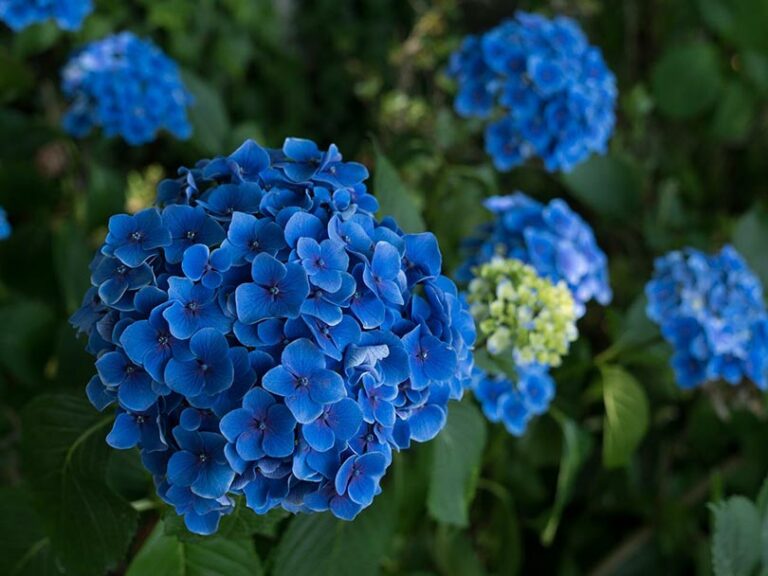
Are Coffee Grounds Good for Hydrangeas? What to Know! Coffee Affection
Conclusion. Hydrangea bushes thrive at a pH level of between 5.0 and 6.0 and can greatly benefit from coffee grounds. Sprinkle raw grounds near the base of your hydrangea shrub and water them into the soil bi-weekly through spring and summer, or water with coffee grounds-infused water weekly.

Are Coffee Grounds Good for Hydrangeas?
There are two reasons that it's best to avoid using coffee grounds in this way. First, coffee grounds have a strong aroma, especially when they're wet or moist. Hydrangeas benefit from moist soil, meaning your potted plant could start stinking pretty quickly. Second, fungi and bacteria can easily and quickly grow on moist coffee grounds.
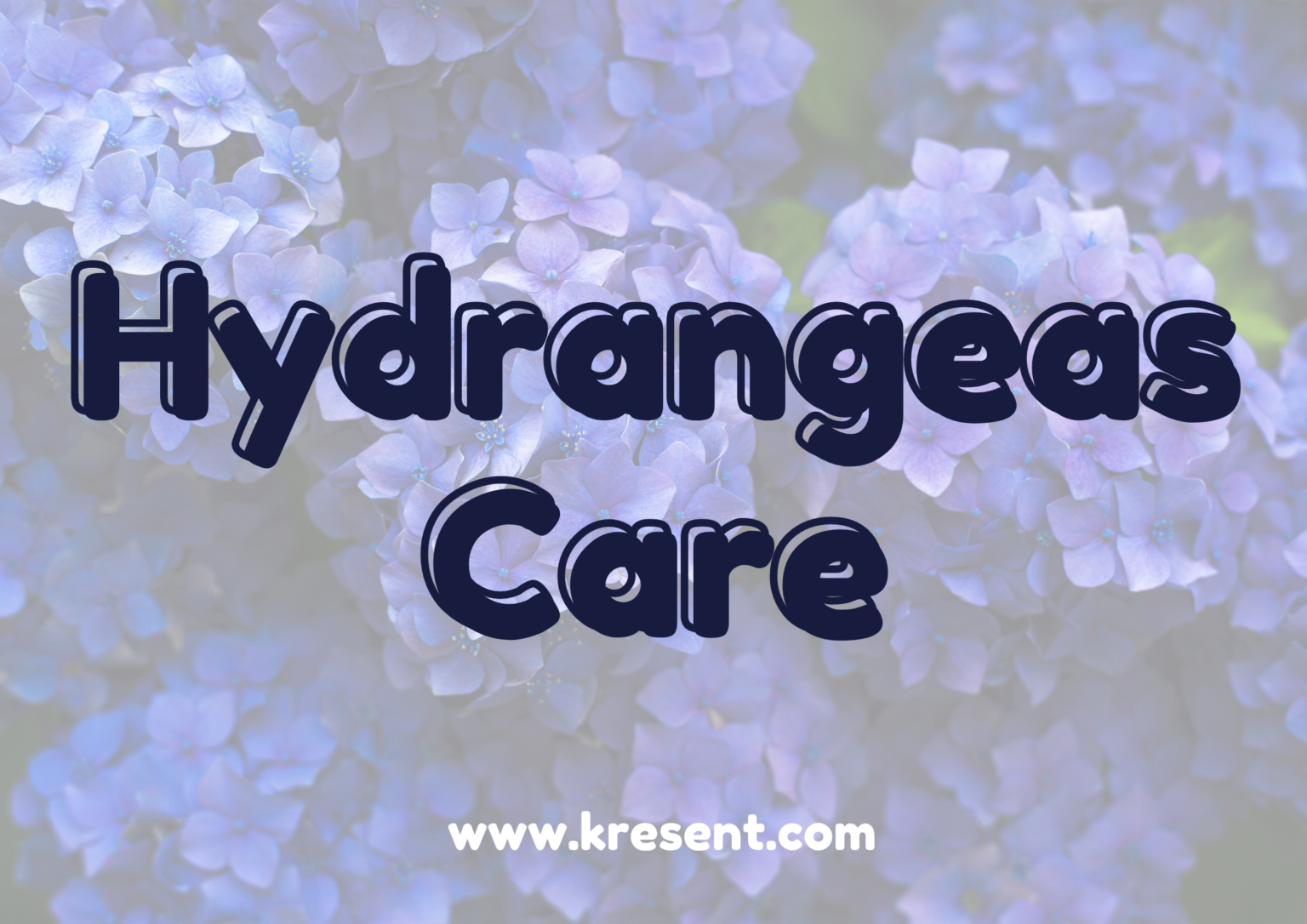
Are Coffee Grounds Good For Hydrangeas Lifestyle
Coffee Grounds for Hydrangeas, Roses and Camellias - A Natural Fertilizer. Using left over coffee grounds for roses and other plants that like a boost in nitrogen is a natural way to add fertilizer to your garden plants without the use of harsh chemicals. Don't throw out those used coffee grounds.
/GettyImages-680865999-1-7bf035511aa949839b8fb9debd87f952.jpg)
Coffee Grounds Are the Secret to Bold, Blue Hydrangeas
Coffee grounds are a common household item that can be used for a variety of purposes, including gardening. One popular use for coffee grounds is to add them to the soil of hydrangeas, a popular flowering plant. But is using coffee grounds good for hydrangeas? According to research, coffee grounds can be beneficial for hydrangeas, especially when it comes to altering the pH level of the soil.

How I use coffee grounds and eggshells in the garden YouTube
The Effects of Coffee Grounds on Hydrangeas. Coffee grounds have been known to turn hydrangeas blue. This is because coffee grounds are acidic in nature and when added to the soil, they lower the pH level of the soil.. Coffee grounds are also a good source of nutrients for hydrangeas. They contin nitrogen, phosphorus, and potassium, which.
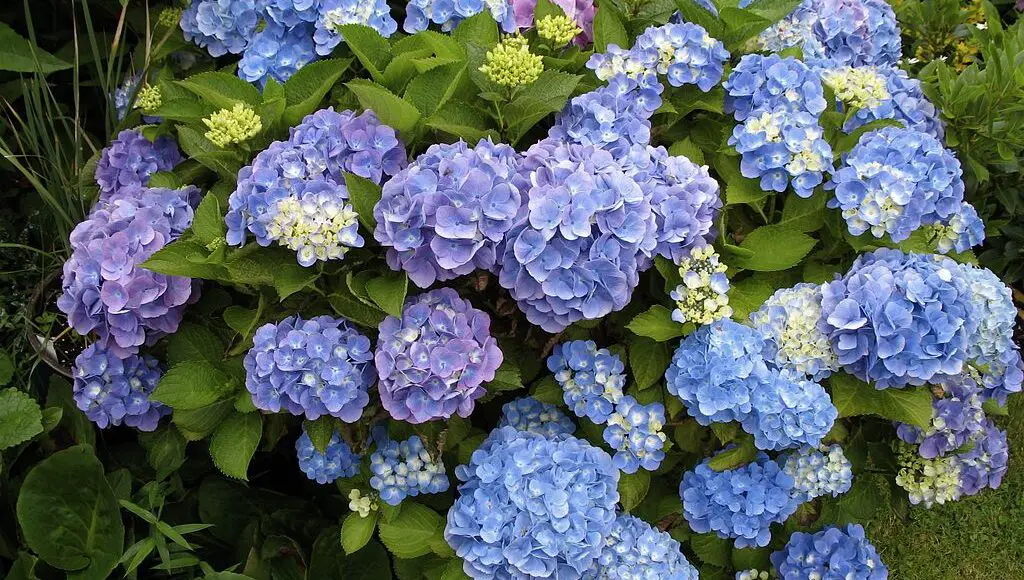
Do Hydrangeas Like Coffee Grounds?
When using coffee grounds for hydrangeas, consider the possible drawbacks. Coffee grounds are acidic and alter the pH of soil over extended periods of time. The nitrogen content in coffee grounds may also have an adverse effect on some plants, particularly if used in large amounts. Too much nitrogen causes plants to foliage exponentially.

Benefits of Using Coffee Grounds in Your Garden
Remember, using coffee grounds on hydrangeas can provide numerous benefits, but it's important to follow these tips and considerations to ensure the best results. Keep in mind the moderation of coffee grounds, avoid additives, and consider the specific needs of your hydrangea variety and soil type.